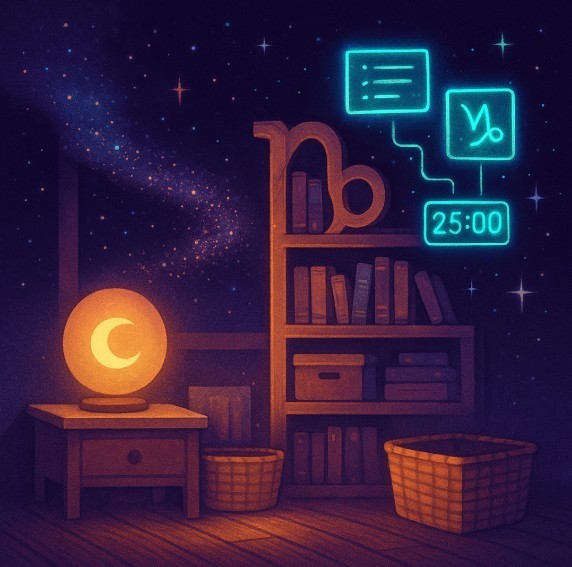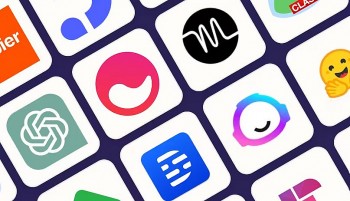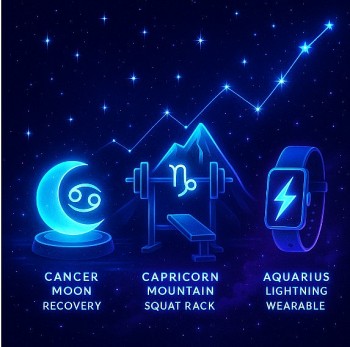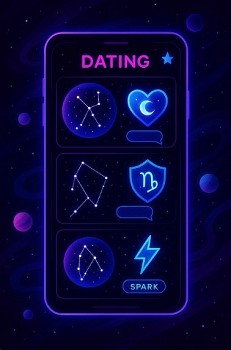Why “67” Took Over the Internet — And What It Reveals About a New Era of Digital Language
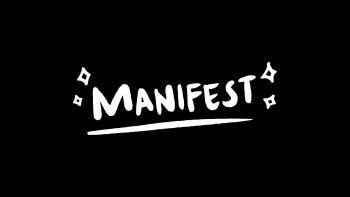 "Manifest" became Word of the Year 2024: Why and Key Highlights "Manifest" became Word of the Year 2024: Why and Key Highlights |
 Have You Got Brain Rot: Symptoms, Tips to Combat Have You Got Brain Rot: Symptoms, Tips to Combat |
When Dictionary.com announced that “67” was the Word of the Year 2025, it didn’t just surprise the public — it challenged the very definition of what a “word” is in the digital age.
At first glance, it looks like a typo. A data entry error. A glitch in the matrix. But in truth, “67” is a symbol of how online communication is evolving — faster, stranger, and more layered than ever before.
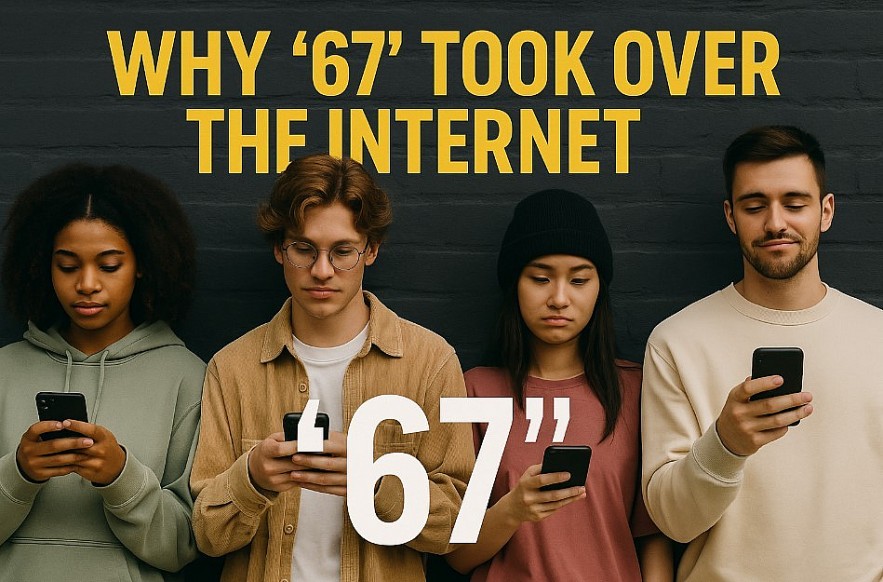 |
| Why did Dictionary.com choose a number as Word of the Year |
From Nonsense to Nuance: The Rise of “67”
The number first appeared in early 2025 on TikTok, dropped into captions and comment sections with zero explanation. It wasn’t long before it started trending across platforms — Instagram, Discord, Reddit, X (formerly Twitter). And with it came a wave of speculation: What does “67” mean?
The answer is intentionally vague. Depending on the context, it can signal:
-
Emotional indifference
-
Low-key frustration
-
Passive resistance
-
Sarcastic detachment
-
Or simply, “I’m not explaining myself — you figure it out”
What unites all these interpretations is tone: dry, ambiguous, emotionally minimal, and rooted in shared cultural understanding. In other words, it’s exactly how Gen Z — and now Gen Alpha — increasingly choose to express themselves online.
Gen Z Isn’t Killing Language — They’re Rebuilding It
Contrary to popular belief, the younger generations aren’t “destroying language” by shortening it, breaking grammar rules, or using cryptic memes. They’re innovating.
“67” is part of a broader shift toward compressed emotional language — a form of expression where meaning is implied, not spelled out. It’s about trusting your audience to understand the subtext.
In past decades, that role was filled by slang or emojis. Today, it’s numbers, inside jokes, and memetic shorthand.
According to Dictionary.com’s internal analysis, use of “67” on social platforms increased by more than 400 percent in the first half of 2025. What began as a niche reference rapidly became a cultural marker — not because it was explained, but because it wasn’t.
A Number Without a Definition — And That’s the Point
Linguists and digital culture researchers agree: the power of “67” lies in its ambiguity.
Dr. Lena Morrow, a sociolinguist at NYU, explains: "The meaning of ‘67’ isn’t fixed — it’s socially constructed in real time. Its effectiveness comes from how it floats between meanings. That’s how identity and mood are communicated online now — through signals, not statements."
It’s not unlike how certain emojis (like the skull, the chair, or the single period) evolve into signals for sarcasm, resignation, or subtle commentary. The difference is, “67” isn’t visually expressive. It’s cold, contextless — and yet, somehow emotionally rich.
That contradiction is exactly what makes it work.
Where Did “67” Come From?
Origin stories vary. Some users trace it to a viral TikTok video that ended abruptly with “67” on screen. Others credit a Discord server where users adopted the number as an inside joke before it spread across platforms. A few Reddit threads even suggest it was AI-generated — a kind of accidental meme born from algorithmic randomness.
What matters isn’t the source — it’s the adoption.
“67” became a meme not because people understood it, but because they didn’t. It invited speculation, parody, appropriation — and eventually, real emotional utility.
In short, “67” followed the meme-to-language pipeline that defines modern digital expression.
From “404” to “67”: The Age of Numbered Feelings
This isn’t the first time a number has taken on cultural meaning online:
-
“143” once meant “I love you” (based on letter counts)
-
“404” became slang for confusion or absence
-
In China, “996” refers to an intense work culture (9 a.m. to 9 p.m., 6 days a week)
-
“520” is a homophone for “I love you” in Mandarin
But “67” is different. It’s not literal. It’s not a pun. It doesn’t map to a phrase. It’s just... a number. And somehow, that makes it feel even more modern — born from internet randomness, detached from meaning, yet emotionally resonant.
What “67” Really Represents: A Language of Subtext
The explosion of “67” is a reminder that language doesn’t stand still — especially not online. In a digital culture defined by:
-
Low-effort replies
-
Irony layered on irony
-
Meme fluency as a social skill
-
And a general distrust of oversharing
— “67” makes perfect sense. It is noncommittal, slightly absurd, and open to interpretation — just like much of Gen Z’s humor, aesthetic, and online discourse.
It’s the perfect linguistic vessel for a generation fluent in context, skepticism, and emotional shorthand.
Conclusion: When Less Really Does Say More
By selecting “67” as Word of the Year, Dictionary.com isn’t just recognizing a trend. It’s acknowledging a deeper cultural shift: words are no longer the only unit of meaning.
Numbers, memes, emojis, and silence itself are becoming part of the vocabulary. They carry emotion, tone, intention — even if they don’t conform to traditional grammar or logic.
Frequently Asked Questions (FAQs) About “67” – Word of the Year 2025
What does “67” actually mean?
There’s no single definition — and that’s intentional. “67” is a flexible, context-dependent expression often used to convey emotional detachment, sarcasm, quiet frustration, or even a passive-aggressive sign-off. Its ambiguity is part of its appeal, especially among younger users who prefer subtext over direct explanation.
Where did “67” come from?
The exact origin is unclear. Most theories trace it back to a viral TikTok posted in early 2025, where “67” appeared with no explanation. Others claim it began on Discord or Reddit as a private meme that spread organically. Regardless of its source, its viral adoption made it culturally relevant.
Why did Dictionary.com choose a number as Word of the Year?
Dictionary.com selected “67” not for its traditional linguistic value, but for its cultural significance. In a time when communication is rapidly shifting toward symbolic and compressed forms — like memes, emojis, and code-like phrases — “67” perfectly represents that evolution. It challenges the boundaries of what a “word” can be in the digital era.
Is this the first time a number has been chosen as Word of the Year?
Yes, this is the first time a standalone number has been officially chosen as Word of the Year by Dictionary.com. While numbers like “404” or “996” have previously carried strong cultural meaning, “67” is the first to gain this level of recognition purely through viral internet use.
How is “67” being used in conversations?
Most commonly, it appears as a standalone reply — in text messages, comment sections, or social media captions — to signal indifference or to end a conversation with minimal emotion. It can also be used ironically, as part of a meme, or layered with other cryptic internet slang to convey tone without explanation.
Why is this relevant to Gen Z and Gen Alpha?
These generations grew up online. They’re fluent in meme culture, subtlety, and the language of digital signals. They often reject overexplanation and prefer communication that feels exclusive or layered. “67” encapsulates that style — it’s brief, mysterious, and emotionally complex without being explicit.
Could “67” fade as quickly as it rose?
Absolutely. Digital language is fluid. What’s popular today might feel outdated tomorrow. But even if “67” fades from use, its selection as Word of the Year will mark an important moment in linguistic and cultural history — one where a number became a word, and a meme became a message.




